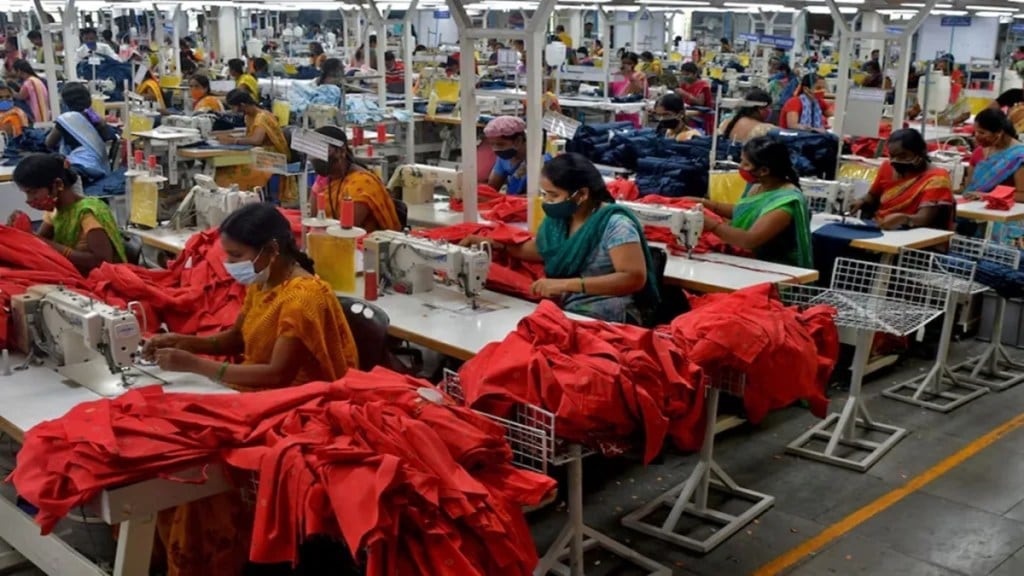Employed at an auto-component factory in Faridabad, Haryana, Amjad was one of the thousands of workers maimed or killed in India’s booming automotive manufacturing sector, in 2024.
Raju Sharma, 32, lost four fingers while operating a power press at a leading original equipment manufacturer (OEM) in Rudrapur, Uttarakhand. In Pune, 44-year-old Umesh Dhake died when a robotic unit collapsed on him due to a sensor malfunction at an auto-component factory.
Raju Amrawati, 35, lost all five fingers in a similar press machine incident in Bengaluru. In Chennai, junior engineer Vinoth Raj, 35, succumbed to injuries from a factory accident.
According to data compiled by the Safe in India Foundation (SII), over 2,333 workers have suffered crushed finger injuries while working on machines that manufacture auto and auto components for India’s top ten automotive brands. The trend is only worsening: 875 workers lost fingers in 2024, up from 759 in 2023 and 699 in 2022.
Injuries from power press machines are the most prevalent in the industry. According to Sandeep Sachdeva, co-founder of the SII Foundation, the actual numbers are likely much higher, as their data reflect only those workers who contacted them through the five Worker Assistance Centres established by the foundation across Haryana and Maharashtra. However, the organisation has no footprint in other key auto-manufacturing states like Tamil Nadu, Karnataka, or Gujarat
The hidden epidemic
Founded in 2016 by former bankers and IIM alumni, including Sandeep Sachdeva, Ravi Gulati, and Prabhat Agarwal, the SII Foundation has been sounding the alarm on factory safety through its annual ‘CRUSHED’ reports. Its latest edition, CRUSHED 2025, paints a grim picture of occupational hazards lurking deep within the supply chains of India’s biggest auto brands.
“The number of workers with crushed injuries coming to us is increasing every year,” said Sachdeva. “Most of these incidents involve power-press machines, he added.”
In 2024 alone, Maruti Suzuki’s supply chain accounted for 32% of the reported accidents, followed by Honda (16%), Hero, Tata, Mahindra, and Bajaj (each around 15%). The remaining 2% included incidents linked to companies like TVS, Ashok Leyland, Eicher, and Hyundai.
The report indicates a systemic problem with 1,247 injuries reported in 2024, compared to 1,033 in 2023 and 1,053 in 2022.
Lives lost in the race for speed and scale
Over the past seven years, Safe in India has helped more than 10,000 injured workers access ESIC (Employees’ State Insurance Corporation) compensation, totaling over Rs 100 crore. Still, Sachdeva admits that only around 40% of victims in their service regions reach out—up from just 10% when they began.
Behind the statistics are workers—often migrants, poorly educated, and hired on short-term contracts. These labourers form the invisible backbone of India’s automotive growth story, yet they bear the brunt of negligence in workplace safety.
About 94% of injuries result from machines lacking basic safety mechanisms such as protective sensors. In over 70% of cases, accidents occur due to “double strokes” on power press machines caused by spring or pin breakage due to poor maintenance. More than 95% of the injured workers assisted by SII come from the supply chains of six of the top ten automotive brands in Haryana and Maharashtra.
“Many of these suppliers are Tier I and Tier II vendors, often publicly listed and members of the Automotive Component Manufacturers Association (ACMA),” says Sachdeva. “Yet safety isn’t prioritised. In contrast, a single finger lost in a developed country could mean millions in compensation. In India, the labour is cheap—and so are lives.”
The SII report urges automakers to go beyond compliance and embrace safety as a boardroom priority.
“Top automotive brands must take responsibility at the highest levels,” says Sachdeva. “Worker safety should not be a CSR side note—it should be integrated into core supply chain governance.”
There’s even a seasonal pattern: accidents spike in the second and third quarters of the financial year, suggesting a link between production pressure and safety shortcuts. The Economic Survey 2025 acknowledged SII’s work, noting that safe factories are not only ethical but also more productive.

